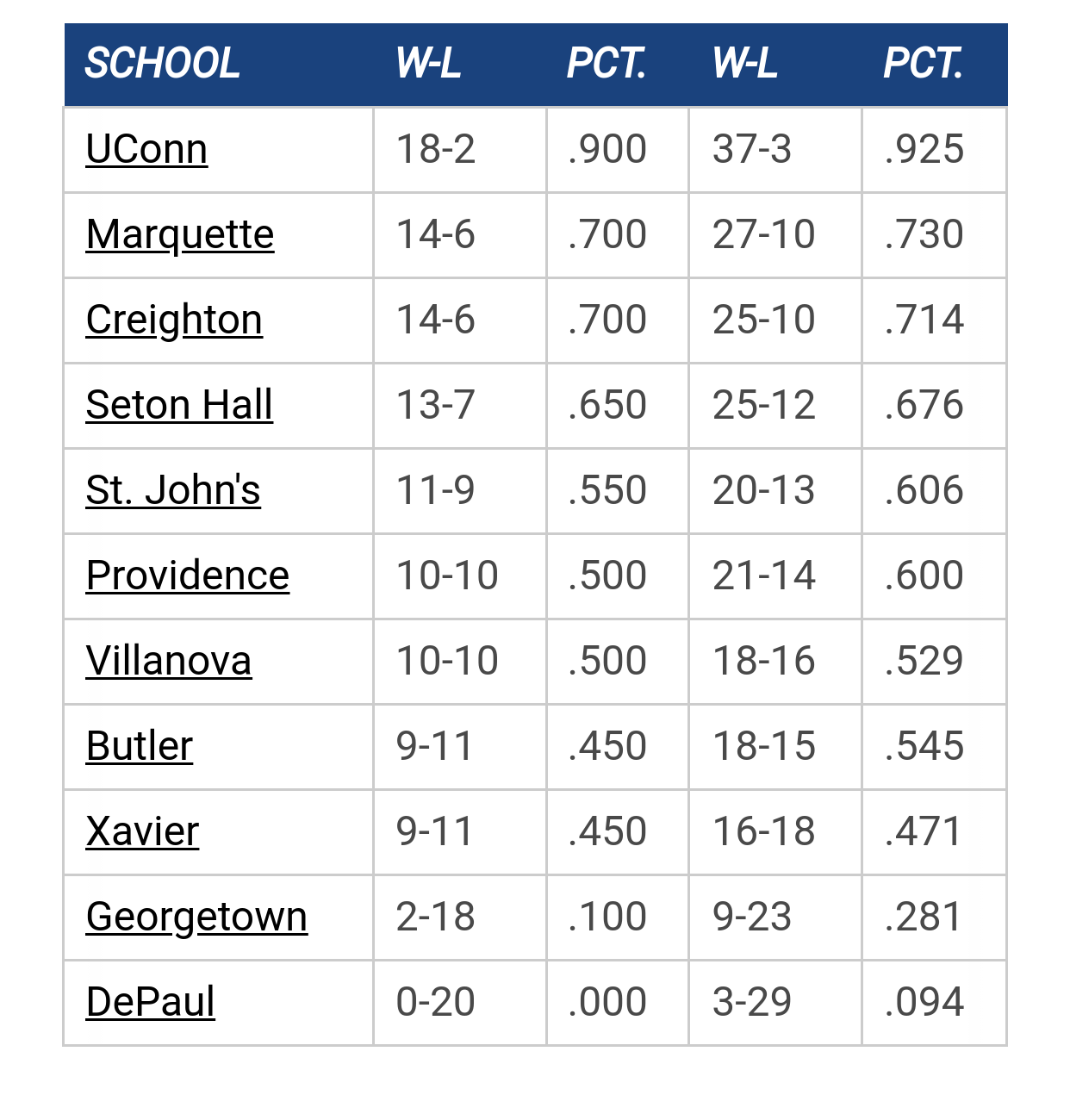- Welcome to MUScoop.
PassTheScoreAct.com by GB Warrior
[Today at 04:59:37 PM]
Beat X on Wednesday by Zog from Margo
[Today at 04:31:44 PM]
The Altercation by Elonsmusk
[Today at 02:35:09 PM]
New Jerseys by TallTitan34
[Today at 01:23:57 PM]
DeAndre Haynes by Newsdreams
[Today at 12:32:41 PM]
Losing the Fight by onepost
[Today at 11:18:45 AM]
Chase and Ben by Galway Eagle
[Today at 11:15:22 AM]
[Today at 04:59:37 PM]
Beat X on Wednesday by Zog from Margo
[Today at 04:31:44 PM]
The Altercation by Elonsmusk
[Today at 02:35:09 PM]
New Jerseys by TallTitan34
[Today at 01:23:57 PM]
DeAndre Haynes by Newsdreams
[Today at 12:32:41 PM]
Losing the Fight by onepost
[Today at 11:18:45 AM]
Chase and Ben by Galway Eagle
[Today at 11:15:22 AM]
The absolute only thing required for this FREE registration is a valid e-mail address. We keep all your information confidential and will NEVER give or sell it to anyone else.
Login to get rid of this box (and ads) , or signup NOW!
Xavier Date/Time: Jan 7, 2026, 6:00pm TV: FS1 Schedule for 2025-26 |
||||||
User actions


